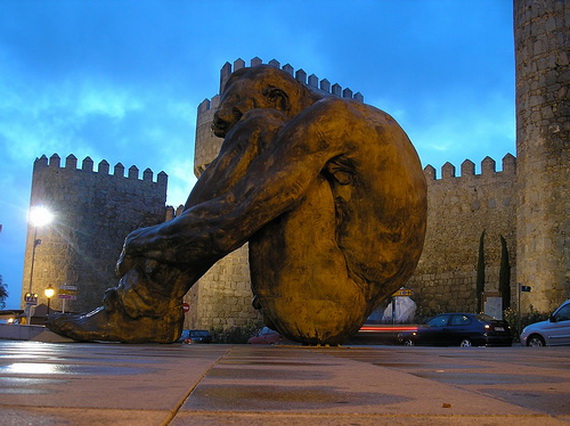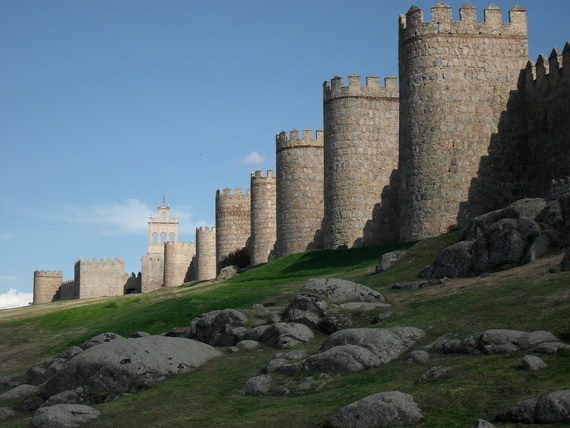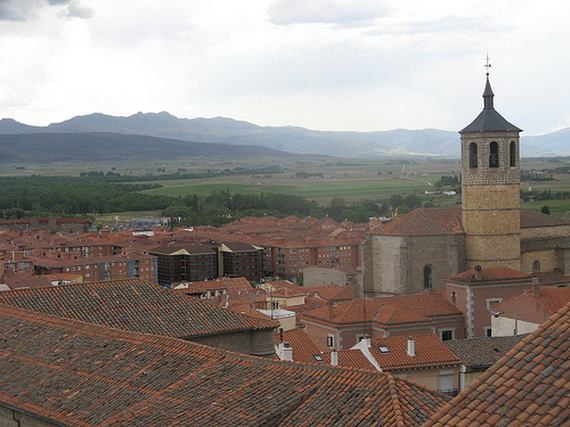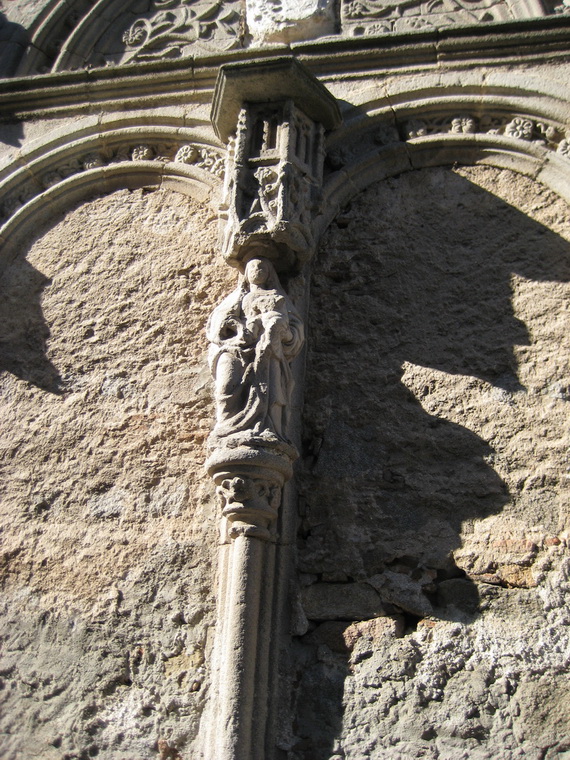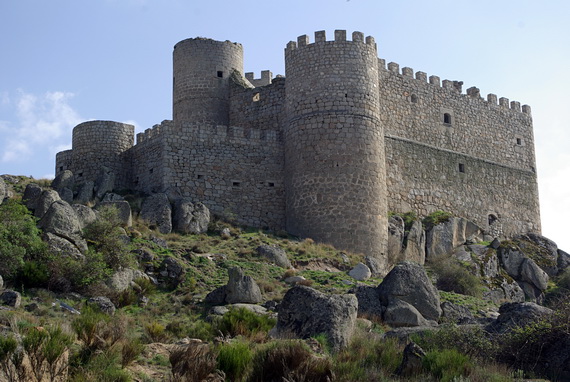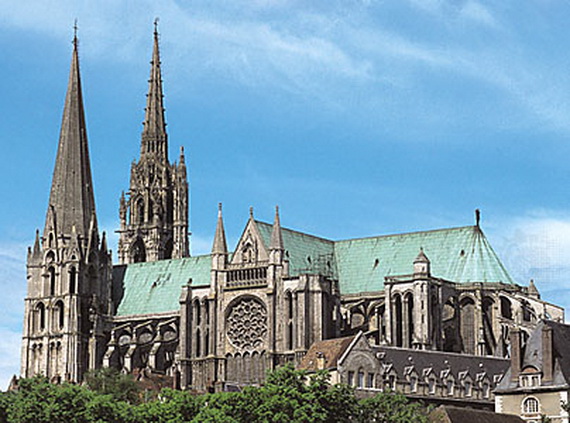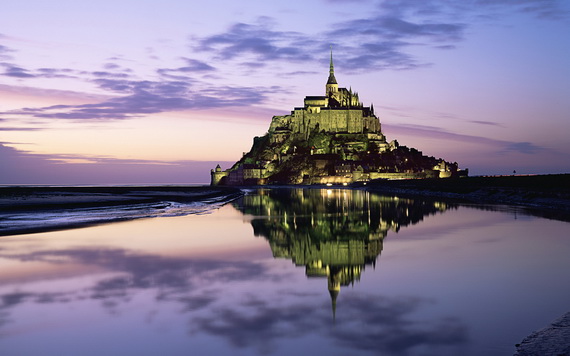If you want to get a sense of grandeur and majesty you should visit Ávila ”Spain” which is located about 112 km northwest Madrid and the highest provincial city, 1.128 m above sea level. The medieval walls, surrounding the city goes back to the middle ages through the 11th century, was built to protect the Spanish territories of Moroccans. How beautiful when you can take some pictures, as if you were living in the historical narratives story. The Old Town of Ávila designated as a World Heritage Site by UNESCO. One of the most magnificently sights of Avila is the well-preserved medieval walls of the city, and one of the finest remnants of Europe’s medieval era, these medieval walls of the city are one of the best preserved walled sites in Europe, and the symbol of the city the walled town of Avila was established before the arrival of Iberian tribes who established the city before the arrival of the Romans or Christians and was integrated into the Celtic culture. The Arab Moors captured the city in 714 AD, and was recaptured by the Christians in 1088, and had its protective walls built in the 12th century. The entire city punctuated by a total of 88 heavily fortified stone of brown granite towers, along with nine gateways in 1090.
The historic Cathedral of Avila Cathedral (is the oldest Gothic cathedral in Spain, the construction began in 1095, inspired by Romanesque design, of granite, with two towers, and a beautiful carved doors), The Chapel of Neustria Señora de Sonsoles, and of San Segundo, The Convent of Santa Teresa as Avila is the celebrated birthplace St. Teresa(1515-82). Santa Teresa was a noblewoman, named Teresa de Cepeda y Ahumada, became a nun at the age of eighteen at the Convento de la Concepción, she had many ecstatic visions, and wrote several books. Santa Teresa was the first woman to be named a doctor of the church. The Convent of Santa Teresa was built after the canonization of St. Teresa over the house where she was born and it is one the main destinations for catholic pilgrims. Within the city walls, Avila also houses many other prominent medieval corners, like the Plaza de los Davila, the mansion of Los Velada, San Pedro, San Vicente , San Segundo. the palace of Los Valderrábano and of Núñez Vela. But the most surprising construction in the area is Los Dávila Palace. Avila buildings were reminiscent of the Romanesque style of architecture that was prevalent in the 12th century. In the convent you can buy delicious sweets, biscuits, chocolate and cakes that make by the nuns of the Convent, also don’t forget to buy souvenirs of religious articles that you will found in a modern shopping center. About where to stay in Ávila, is depending on your choice. Many feels that if you are visiting a historic area, it is better to put yourself in the shoes of those from the past by staying in a historic hotel next to the Cathedral or set within the city walls, otherwise you can stay in a modern hotel with a golf course. All choices will be found. The history of the complete medieval city walls, Ávila, has been a significant architectural wonder, well preserved and much visited by tourists today.!– google_ad_section_end –>






















